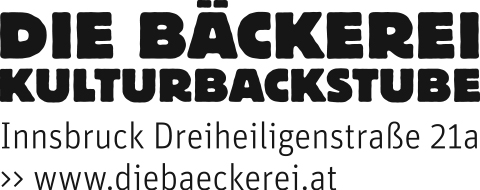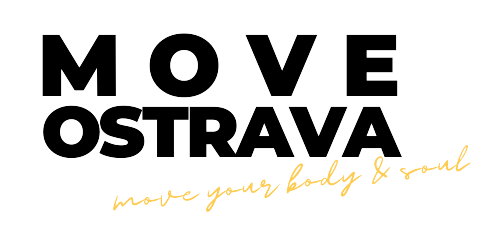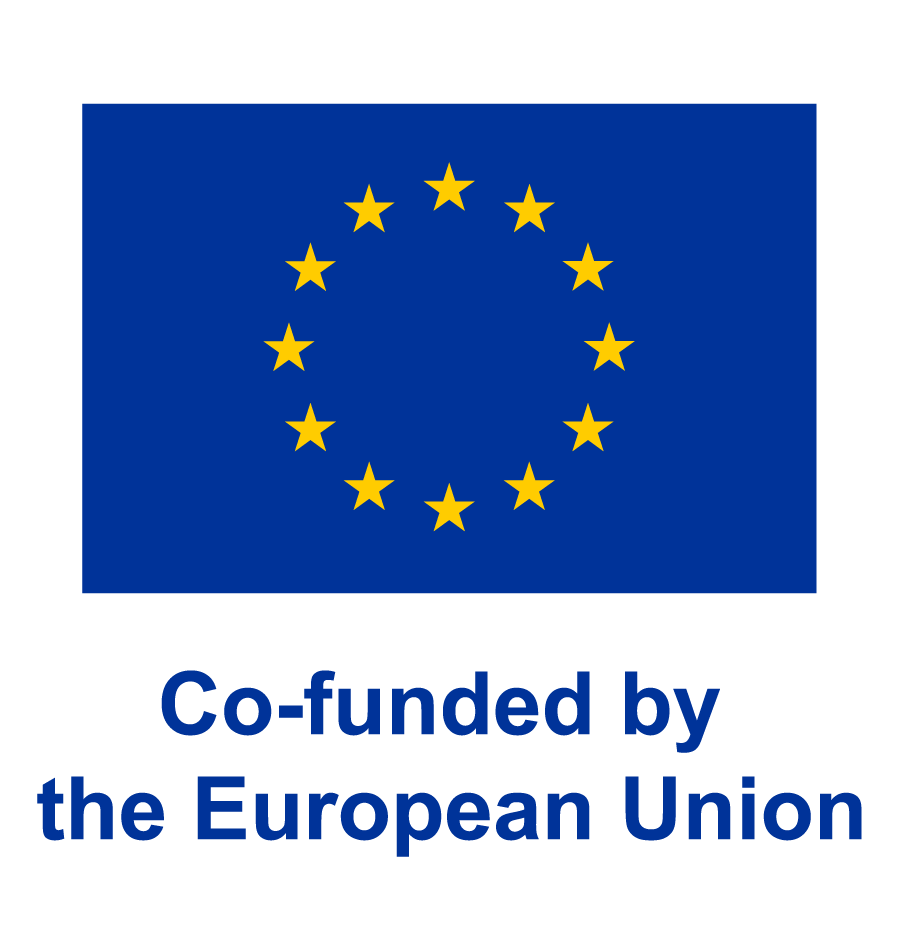As a group warm-up
Holding a session
- Starting the Activity:
- Begin with the group standing in a circle, or participants can find their own space in the room. Alternatively, suggest starting by walking around the space, and then gather into a circle.
- Connecting to Self:
- Lead participants to take a moment to connect with themselves. Encourage them to notice how they feel in their bodies, focusing on sensations like their feet on the ground. A quick body scan can help.
- Exploring Movement:
- Ask participants to let their bodies offer a movement without worrying about how it looks. Emphasize that any movement is valid, and there are no right or wrong movements. Participants should focus solely on their body sensations, feelings, and expression through movement. (sometimes, movements referring to some activities, sports etc.may emerge, all this is ok, there is no right and wrong)
- Group Dynamics:
- If the method is new to the group, start by demonstrating your own movement and explain the concept. Encourage participants to follow the lead of whoever is presenting their movement, adjusting their own movements accordingly.
- Passing Movement:
- After a few repetitions, invite another participant to present their movement to the group, with everyone following their lead. You can suggest passing the movement clockwise or counterclockwise depending on the group's preference.
- Observations and Reflections:
- Throughout the activity, pay attention to the types of movements that emerge, the qualities of those movements, and how each participant adjusts their movements. Notice the unique styles and "movement signatures" of each individual.
- Variations and Intensity:
- The activity can be repeated two or three times around the circle, or you can suggest quicker transitions between participants. Watch for a sense of release in the group as connections strengthen, preparing them for deeper exploration of topics like metaphorical movements.
As a closure
When to use
Can be used after working with a topic / Penguin project metaphor
Support integration of the topic worked through during a workshop
Serve as a frame for the participants come together and share non-verbaly their „takes-away“.
Used to support the learning process in the group
Supports re-connection so that the participants get a sense, where everyone is right now.
Holding the process
Procedure Variation:
The procedure follows the same structure as before, but with a focus on slower movements and individual attention, particularly if used as a closure activity.
Individual Attention:
Instead of emphasizing quick movements and transitions, pay special attention to each participant by following their lead.
Grounding and Centering:
Close the activity with grounding and centering movements. Guide participants to feel the connection of their feet with the ground, their vertical axis, and their breath. This helps participants transition from the group experience back to themselves.
Closing Ritual:
At the end of the day or workshop, invite each participant to share a "goodbye" movement from the perspective of returning to themselves. Use the shared movement method again for this final movement.
Encourage participants to connect this farewell movement with a word or sentence reflecting on their experience. However, ensure that enough processing has been done with the group regarding the main topic or theme to ensure a meaningful closure.






